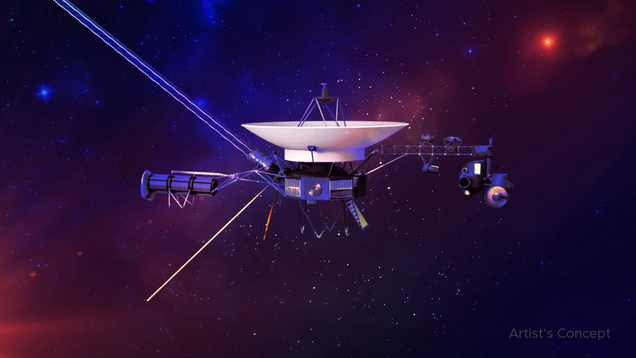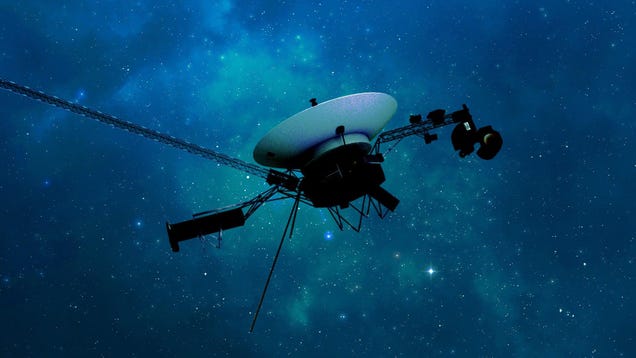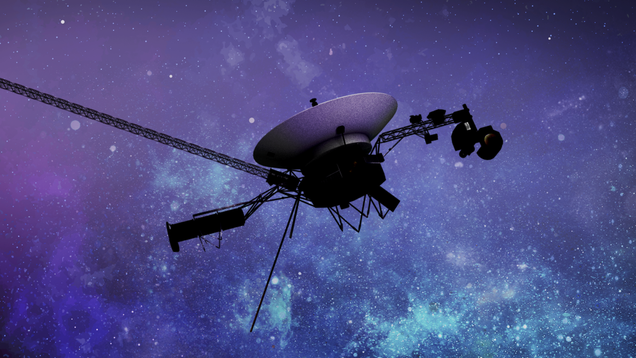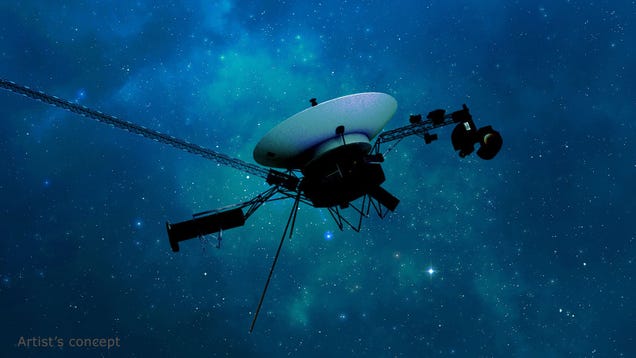

Voyager fans, rejoice! The 46-year-old spacecraft is once again probing interstellar space for cosmic wonders following a seven month-long hiatus.

The Voyager 1 spacecraft returned usable data for the first time in more than five months, giving hope for the 46-year-old mission to finally be able to resume its normal operations.

After months of sending unusable data to mission control, there’s finally hope for the Voyager 1 spacecraft. NASA engineers pinpointed the cause behind the mission’s odd anomaly, and think they can help the interstellar probe make sense again.

The Voyager 1 spacecraft sent a new signal that contains valuable data, which may save the aging probe. Engineers at NASA’s Jet Propulsion Laboratory are currently looking for discrepancies in the message in order to find out why the spacecraft—the farthest piece of human technology from Earth—has been speaking…

For more than 45 years, the Voyager 1 spacecraft has been cruising through the cosmos, crossing the boundary of our solar system to become the first human-made object to venture to interstellar space.

Humanity’s most distant spacecraft is glitching out—again—and engineers are having quite a difficult time solving the problem. Voyager 1, what are we going to do with you?

NASA’s iconic space probe is having trouble communicating with its home planet due to a computer glitch, forcing engineers to resort to decades-old manuals to come up with a way to fix the 46-year-old mission.

For centuries, astronomers were limited to ground-based observations of the planets, but now we use spacecraft to capture close-up views of our neighboring worlds. Excitingly, our views of solar system planets have been getting progressively better over the decades, as these images attest.

NASA’s Voyager team has rolled out important measures in an attempt to further prolong the interstellar journey of the two Voyager spacecraft, which have been transmitting data from deep space since 1977.
